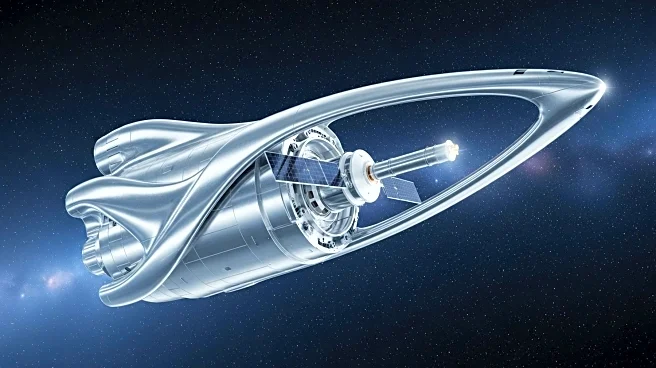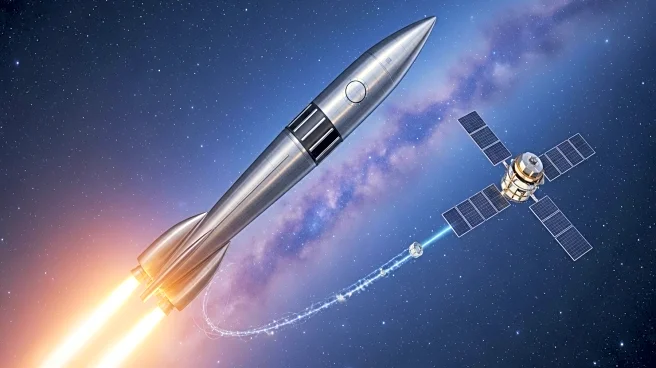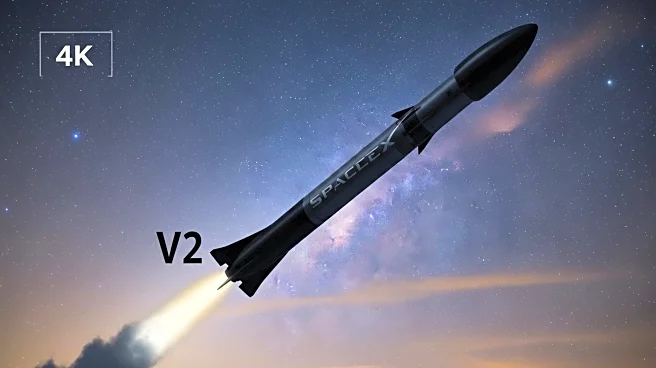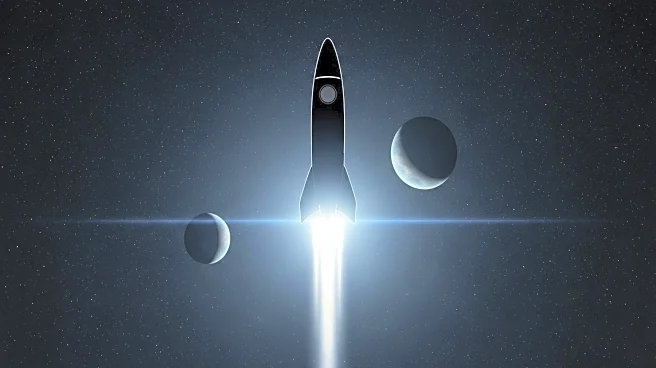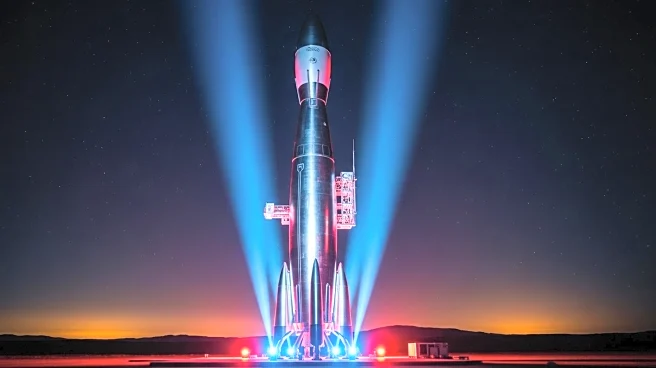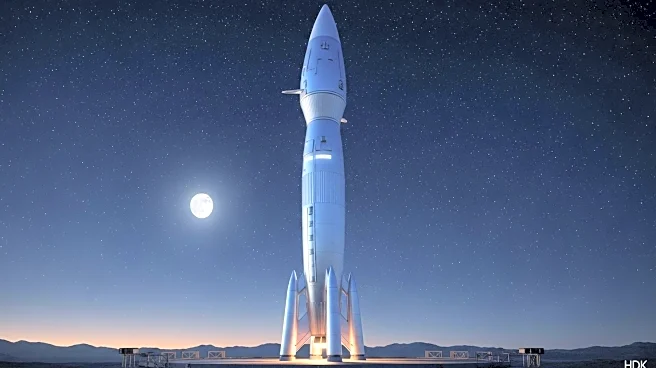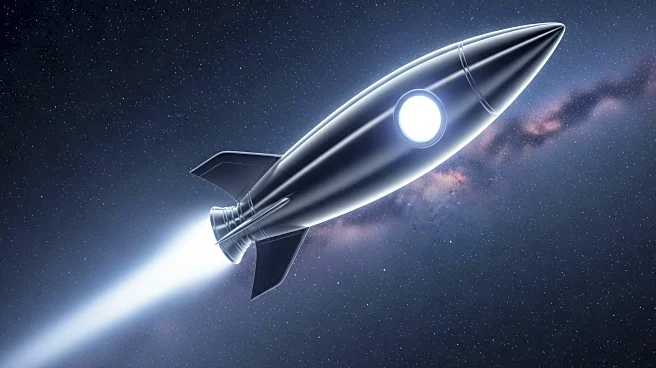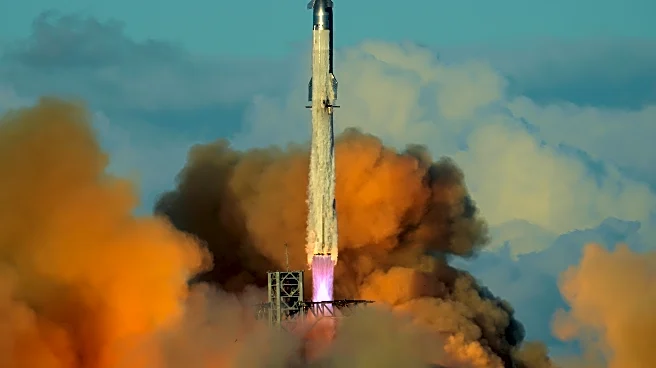What's Happening?
SpaceX successfully launched its 11th test flight of the Starship rocket, achieving a halfway journey around the world and deploying mock satellites. The rocket, the largest and most powerful ever built,
launched from Texas and completed maneuvers over the Indian Ocean. The test flight is part of SpaceX's plan to use Starship for missions to Mars and NASA's lunar landings. The flight included tests for future landings back at the launch site and carried eight mock satellites mimicking SpaceX's Starlinks.
Why It's Important?
The successful test flight of Starship marks a significant milestone in SpaceX's efforts to develop reusable rockets capable of interplanetary travel. The ability to deploy payloads and conduct complex maneuvers is crucial for future missions to Mars and the moon. SpaceX's progress supports NASA's Artemis program, which relies on Starship for lunar landings. The advancements in rocket technology could lead to more frequent and cost-effective space missions, benefiting industries reliant on satellite deployment and space exploration.
What's Next?
SpaceX is modifying its launch sites in Cape Canaveral, Florida, to accommodate Starship, alongside the smaller Falcon rockets used for NASA missions. The company will continue to refine the Starship design and conduct further test flights to ensure reliability and safety for crewed missions. As SpaceX advances its technology, it will need to demonstrate capabilities like orbital docking and propellant transfer to meet NASA's requirements for lunar missions. The success of these tests will be critical for maintaining the timeline for human exploration of Mars.
Beyond the Headlines
The development of Starship reflects broader trends in the space industry, where private companies are increasingly taking on roles traditionally held by government agencies. This shift raises questions about the future of space exploration and the balance between commercial interests and scientific goals. The focus on reusable rockets also has environmental implications, as it could reduce the carbon footprint of space missions.
